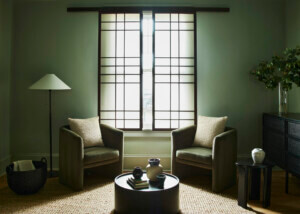The Bandsaw Building is a single-story brick structure on a small lot in Birmingham, Alabama. An on-ramp leading to an elevated highway runs behind the property, part of a network of freeways that extend over the city’s postindustrial extents like a spiderweb. Here, at the edge of downtown, David Baker Architects (DBA) has worked adaptive reuse magic: There is no parking save for a handful of bike racks; the designers actually decreased the conditioned square footage of the existing space; the walls are largely unfinished, showing their layers of paint; and a mishmash of salvaged materials is deployed both structurally and, even, decoratively.
These design decisions—made jointly by Amanda Loper, principal at DBA and a proud Alabamian, and her development partner, Kyle Tyree of Locke General Contractors—have resulted in a small but mighty act of urbanism.
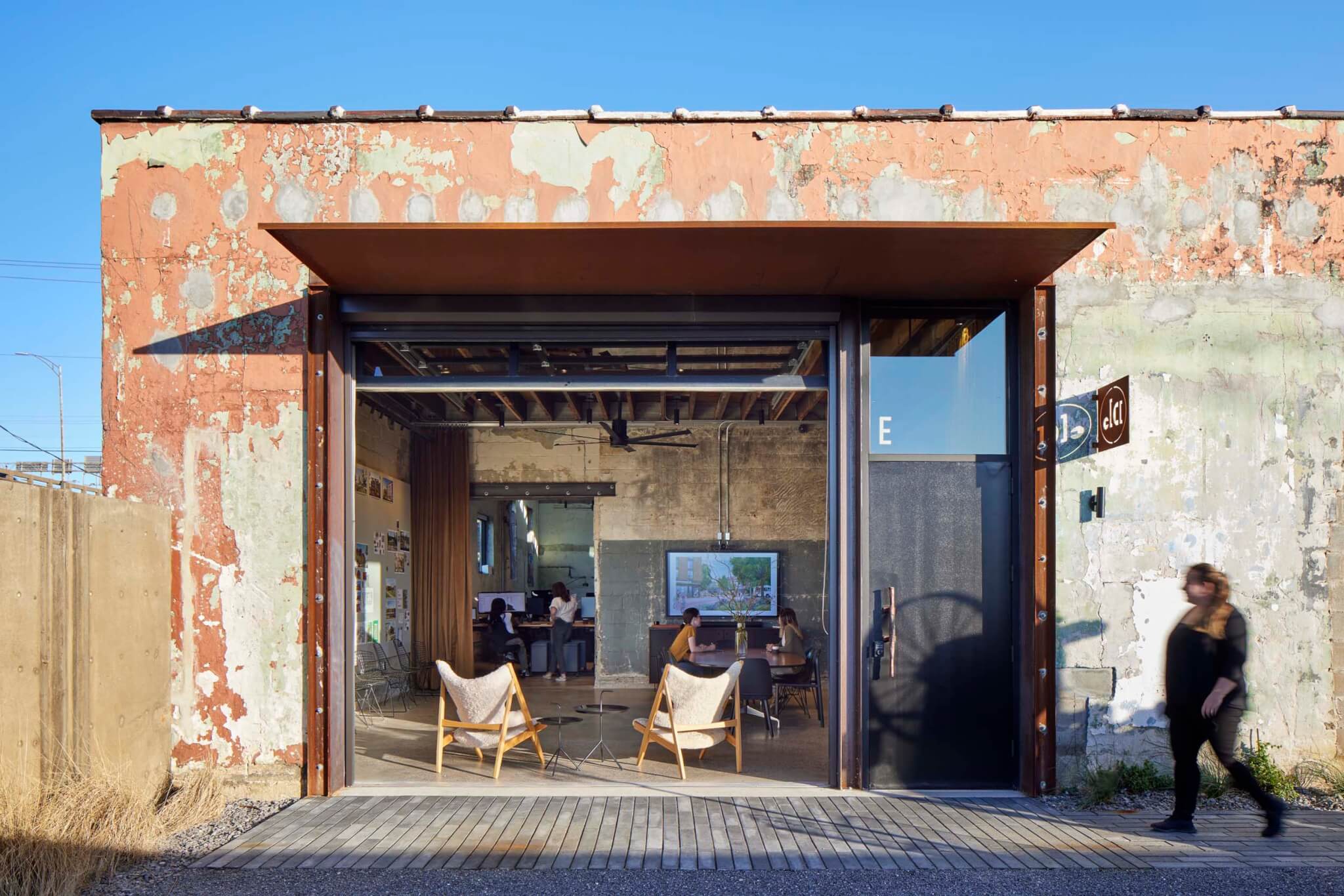
“Developing in Birmingham feels like you can play at the poker table,” Loper told AN. This small-scale work was a welcome change from her large projects in San Francisco, where she was previously based. “Developing projects there makes you feel like you’re a rookie in Macau,” she laughed.
But still, she could not have done it alone: The entire project relies on collectivity and collaboration, even more so than the average design project with its charettes and shared labor. Loper said that “partnering with Kyle was the first and most important step of the entire process, as we not only both contributed funding and design know-how, but we were deeply invested in the space, as it was to become our home base, our offices.”
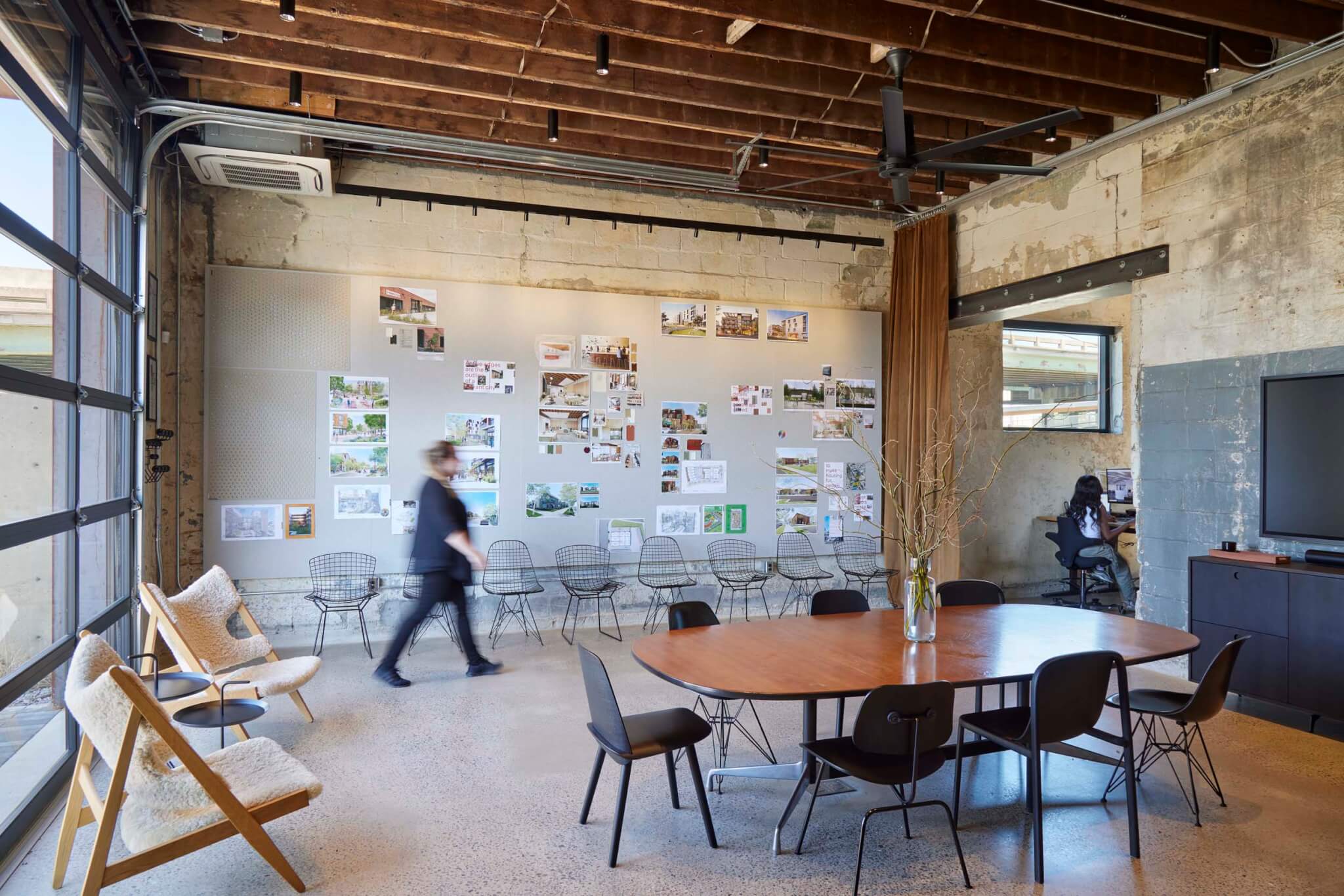
The plan was for DBA’s office to take the rear of the building, Locke General Contractors to maintain a coworking space in the middle, and retail and community spaces to open along the street. To do this, the Bandsaw needed a huge overhaul, structurally and aesthetically. The most rewarding (and difficult) part was designing for varying degrees of programmatic change, privacy, and publicity—all for (and with) first-time small-business owners.
“Having offices for an architect and a contractor in the building made acquiring the loan easier,” said Loper, “but the wild card was the small-scale retail. However, in Birmingham, small projects like these are able to gain traction and really have legs.”
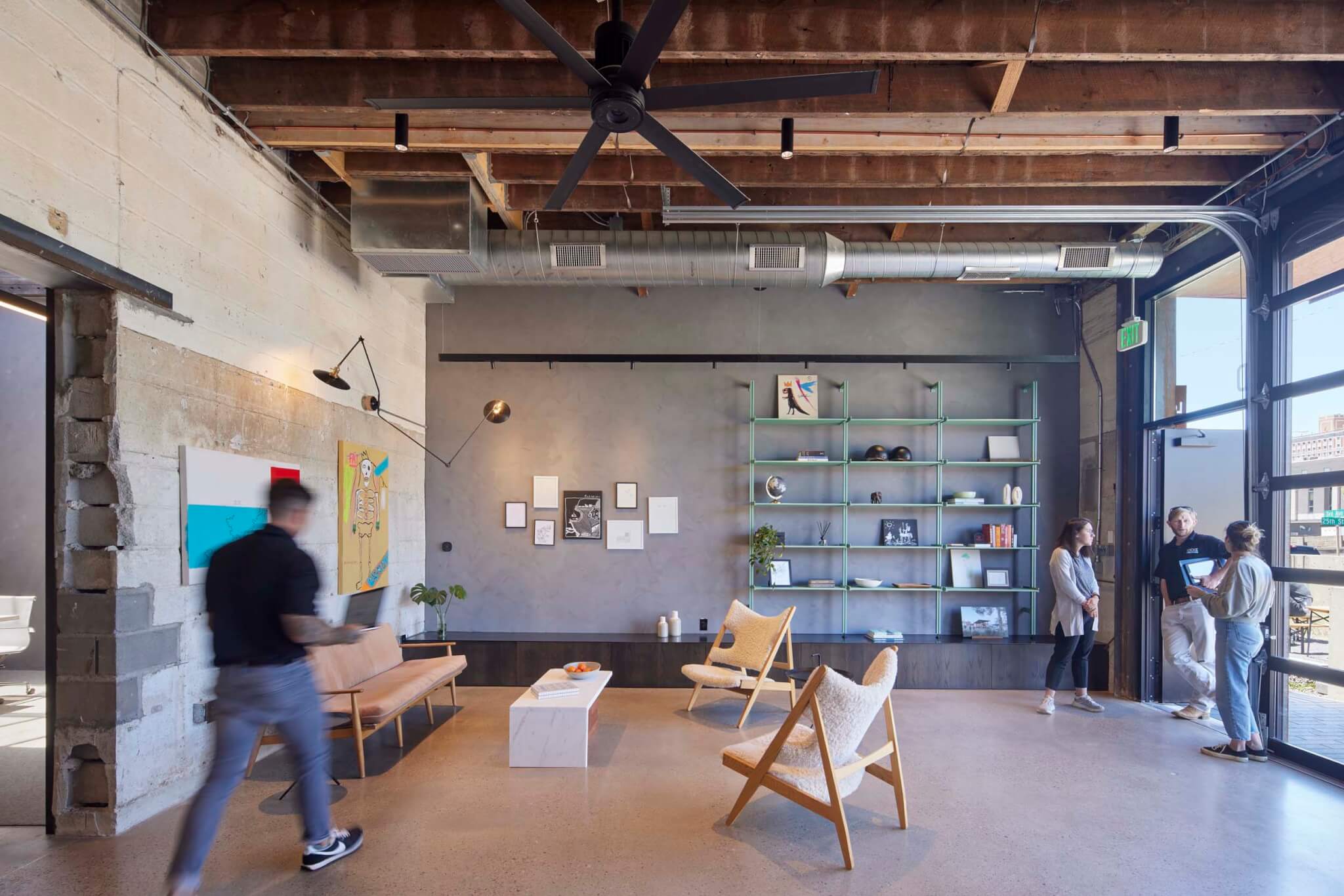
The Bandsaw showcases the enormous potential for urban intervention and experimentation in regional cities on parcels often overlooked by developers that focus on risk-averse valuations. While traditionally a “desirable” tenant requires a track record like that of a Chase Bank or Starbucks, the two partners hoped for tenants in search of a collective space with shared responsibility, resources, and values.
The demand they experienced surprised them. “There was so much interest from small, local groups wanting to try brick and mortar,” Loper recalled. “And almost everyone recognized the value of a collective space for this kind of emergent energy.”
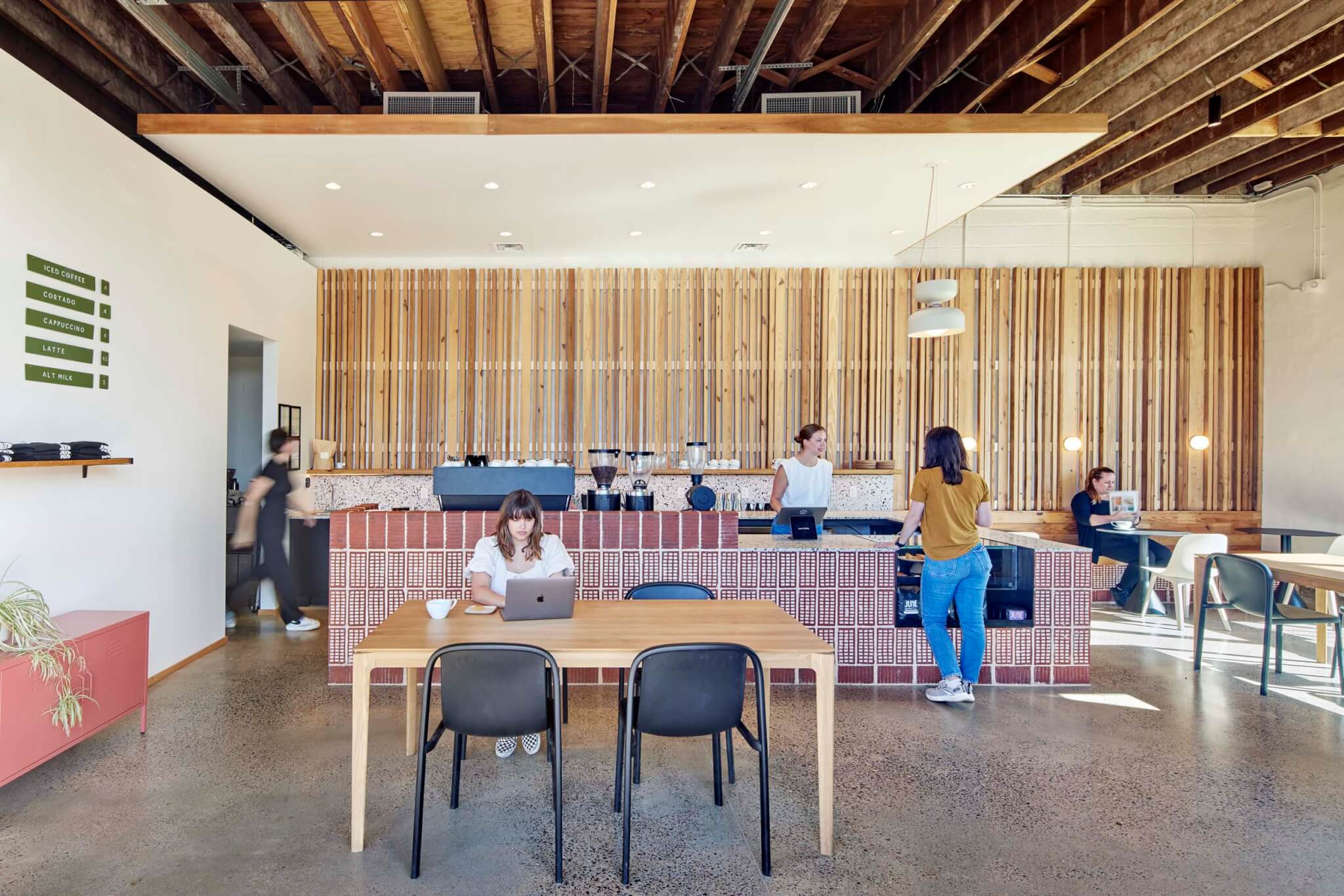
The search resulted in three tenants: June Coffee, Zephyr Barber, and Last Call Baking. All have standard leases but share resources like common outdoor spaces and a central courtyard. The location—one block from 2nd Avenue, a main pedestrian thoroughfare—means that the activity of the coffee shop, the barber, and the retailers merges with the bustle of the 2nd Avenue corridor.
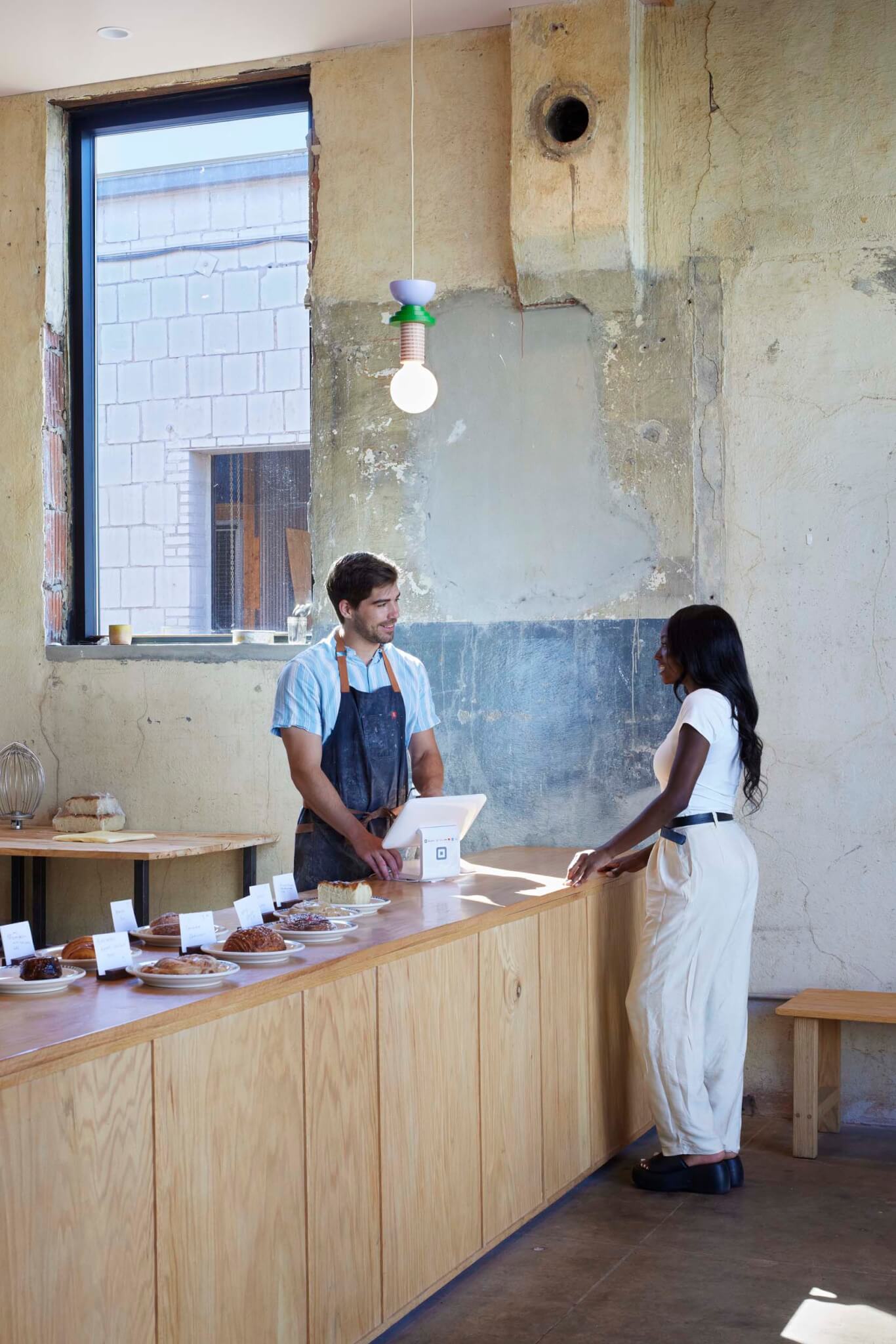
With emotion in her voice, Loper described how the line for Last Call Baking goes down the block every morning: “The pastry chef asked for design assistance for a new case that can hold the daily demand.” And the bike racks really do function in place of previous parking minimums. “They’re always full, and people spill out beyond the cafe space into what we originally conceived of as our studio’s private courtyard,” she added. “I love it.”
While postindustrial cities across the country boast many successful case studies of industrial spaces flipping to community and cultural uses, Loper makes it clear that this project even surpassed her expectations. “It feels like a partnership between me, Kyle, and the tenants. It happened naturally that we offered pro bono design services in the form of brainstorming layouts for the space and choosing materials,” she said. Later, Loper and Tyree helped plan and design new additions to help each business grow and accommodate the demand after opening.
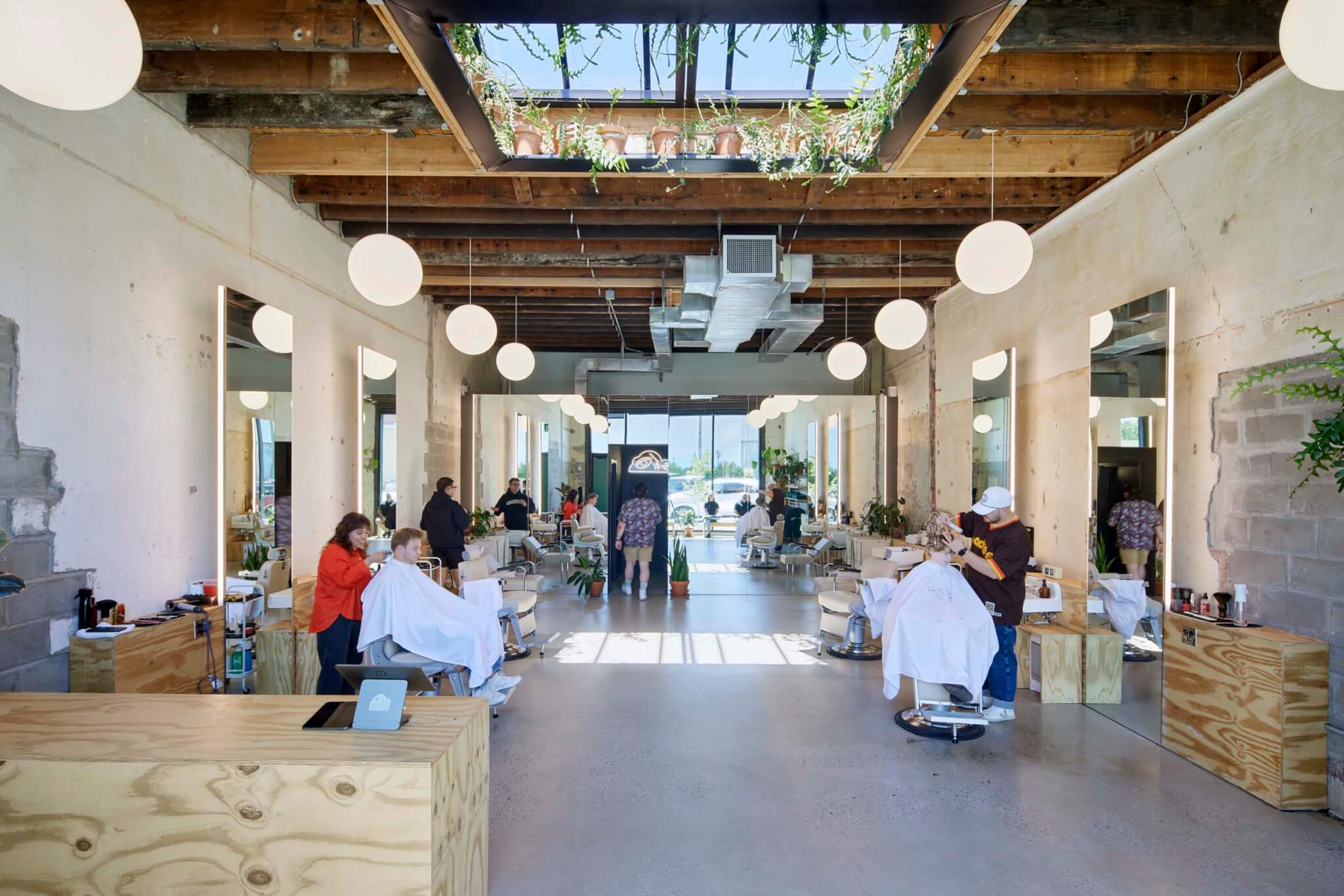
“It’s a small-scale project, but we didn’t go a hair over budget,” Loper stated. She credits that to her shared collaboration not only with Tyree but with construction and fabrication professionals she made lasting networks with over the course of the project. A local brickmaker told the duo about an exciting new product he had in supply down the road, and a steel manufacturer recommended economical sizes and quantities. A concrete subcontractor looked at the budget, then looked at the square footage, and said, “You only have enough cash for 30 percent of this space.” They moved forward by finishing only the 30 percent they could afford.
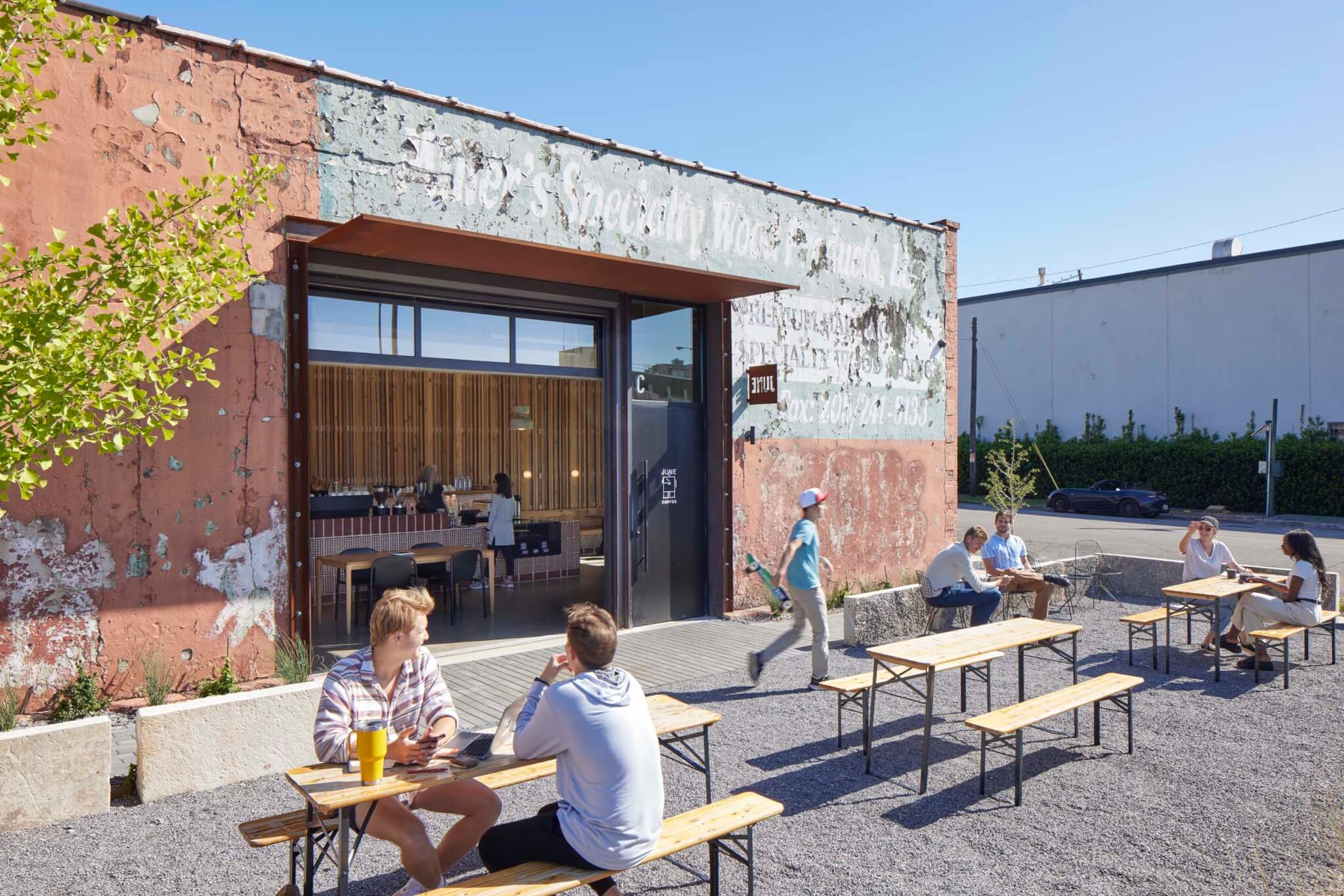
These sorts of stories, constraints, and ideals don’t detract from the design; they fuel its uniqueness. The layered look of the space is shared across the project and adds a sensibility, rooted in authenticity, time, and material, that couldn’t have been achieved any other way.








